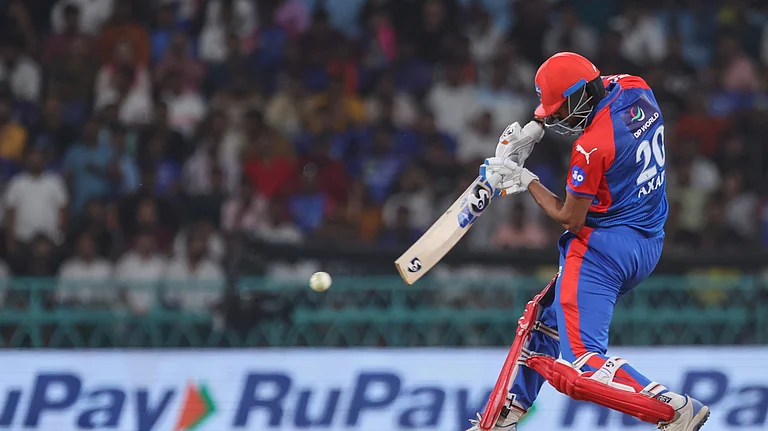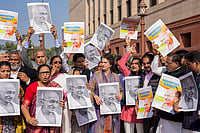Once these 'futuristic' multiplexes are ready and functioning, Indian halls will be right there with the advance guard of cinema technology. There are several of these on the drawing board already. New Delhi's Priya Exhibitors has tied up with Village Roadshow, Australia's premier motion picture company, to build the Priya Village Roadshow (PVR) chain of multiplexes in Delhi, Bombay, Bangalore, Calcutta and Madras, among other cities. Warner Bros has signed a deal with the Maharashtra government to build similar multi-screen complexes in the state. "Multiplexes are the need of the hour," says Sarabjit Singh, general manager, Paramount Films of India. "They'll give distributors and exhibitors leeway to plan the release and marketing of their films."
India's first real multiplex is due for completion by the middle of 1997 at the site where Priya theatre stands today. But prior to that, by this September, the PVR flagship—a four-screen, 1,148-seat extravaganza—will come up at Anupam theatre in South Delhi's Saket area. Once that's completed, work will begin at Priya for the construction of another multiplex designed to rival the world's very best.
The Priya multiplex will be similar to those constructed and cur rently operated by Village Roadshow in Australia, Singapore, Thailand and Malaysia. It will be equipped with top-draw cinema infrastructure, around which will revolve a variety of retail outlets and leisure centres. Bars, discotheques, restaurants, shopping malls will be thrown in for good measure.
And it's not just multiplexes that are poised to help Indian filmgoers leapfrog into the 21st century. Existing halls, too, are changing rapidly as technology, especially in the area of sound, gets more sophisticated. In Bangalore, for example, not a month passes without a cinema hall announcing the installation of a four-track stereophonic sound system, while even a B centre like Mysore has at least six theatres with similar sound technology.
Nartaki theatre in Bangalore's busy Majestic area reopened last month after a 26-day closure to instal Ultra's four-tracksound system, spruce up the seating and the interiors, complete with wall-to-wall carpeting and chandeliers. The renovation is estimated to have cost Nartaki at least Rs 15 lakh. "We found that theatres like Galaxy, Lido and Urvashi were doing great business after installing Dolby sound systems. So we decided to instal one as well," says T.S. Harikumar, partner in Pallavi theatre, which mostly screens Tamil and Telugu films.
Sterling and Regal in Bombay and Priya and Chanakya in Delhi, too, are on the fast track, technologically. Says Prashant Srivastava, corporate affairs manager, Priya Exhibitors: "The quality of the film counts. But so do the support services—well-behaved, liveried ushers, a nice ambience, perfect projection, a good sound system, clean toilets and comfortable seats." And that's precisely what many halls in India's metros are out to acquire.
Chanakya, which had fallen on hard days in the early '90s, has now been turned around to a great extent. "I can proceed only in phases because of the archaic laws—high taxes, restrictions on new constructions and a ceiling on the number of times in a year ticket prices can be revised, among other ridiculous rules," says Chanakya's Aditya Khanna. With the crowds returning, revenue has increased and the theatre, which is exactly 25 years old, is investing in its interiors—better seats, better sound, better airconditioning—as well as in its environs. Movie-going, doubtless, will never be the same again.


























